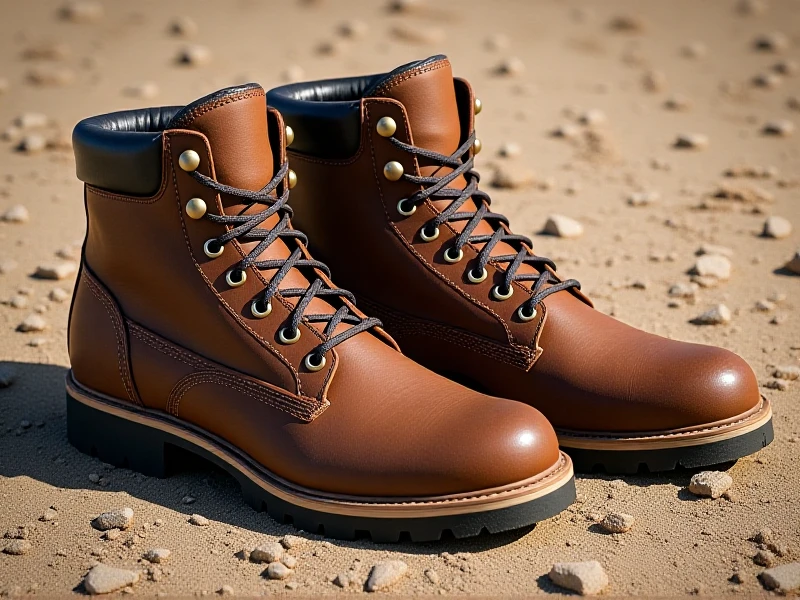
Why Safety Work Boots Are a Non-Negotiable for Tough Jobs
When your job demands hours on your feet in challenging environments—construction sites, warehouses, factories, or muddy fields—the right work boots aren't just gear; they're your essential layer of protection and performance. Compromising on footwear can lead to accidents, fatigue, and long-term injuries that sideline your livelihood. Here’s why investing in high-quality safety work boots is critical.
Protection From the Ground Up
Safety-certified work boots (meeting ASTM F2413 or ISO 20345 standards) offer non-negotiable defenses. Puncture-resistant soles shield feet from sharp debris like nails or glass. Composite or steel toes guard against crushing impacts, preventing debilitating fractures. Electrical hazard (EH) ratings add insulation against live wires. For hazardous terrains, slip-resistant treads provide crucial grip on oily, wet, or uneven surfaces. Ever slipped on a wet factory floor? Quality outsoles prevent that.
Durability Where It Counts
Jobsites destroy flimsy footwear. Rugged full-grain leather or abrasion-resistant synthetic uppers resist tears and scuffs. Quality Goodyear welt construction ensures the sole won't separate mid-shift. Reinforced stitching withstands constant flexing. Think of durable work boots as long-term savings: fewer replacements mean lower costs over time and dependable protection, day after day.
Comfort That Endures
Safety isn't just about impacts; chronic discomfort diminishes focus and productivity. Modern work boots integrate supportive arch designs, cushioned insoles (like memory foam or EVA), and moisture-wicking linings that manage sweat. Proper ankle support reduces sprain risks, while shock-absorbing midsoles ease joint strain. Break-in periods matter less now—many designs offer comfort straight out of the box.
Choosing For Your Demands
Don’t just pick any pair. Assess your specific hazards:
- Construction/Welding: Look for heat-resistant soles and metatarsal guards.
- Landscaping/Outdoor Work: Prioritize waterproofing and deep-traction lugs.
- Electrical Work: Confirm EH or Static Dissipative (SD) ratings.
- Cold Storage: Insulation rated for sub-zero temps is essential.
Never sacrifice fit. Always try boots on with job-appropriate socks and walk extensively to test support and hotspots.
The Bottom Line
Cheap boots cost more in the long run—in injuries, replacements, or pain. High-performance work boots blend critical protection, lasting durability, and vital comfort. They’re engineered armor letting you tackle tough terrain confidently, stay focused longer, and get home safely. Don’t risk your foundation; treat your feet to the defense they deserve.
Ready for an upgrade? Visit trusted suppliers or specialized websites—check certifications, materials, and user reviews for boots built precisely for your trade's toughness.